About one-fifth of the world's bird species migrate. For birds, every migration is an epic, often dangerous, endurance marathon. Here are some extraordinary birds that migrate very long distances.
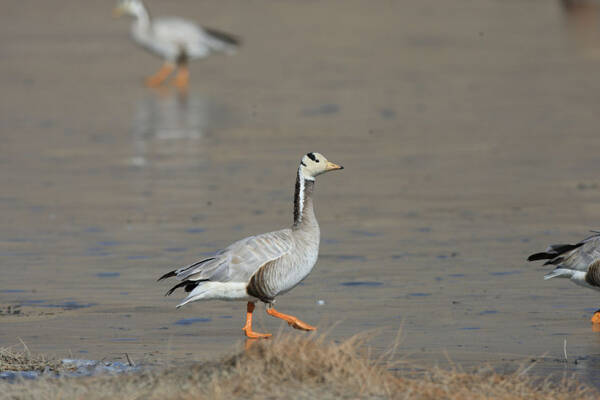
Champion of long-distance continuous flight altitude—Bar-headed Goose, Anser indicus
Migration distance: 3,000-5,000 km
Oxygen is thin? no problem. The stocky geese may not fly for long periods of time, but other birds may not be able to match the continuous altitude they fly during migration. On their migration from their breeding grounds in Mongolia, the Tibetan Plateau and northern China to their overwintering sites in India, these birds can fly high over the Himalayas without the help of any tailwinds, using less than 10% of the oxygen available at sea level. Up to 7000 meters. While researchers have concluded that they do conserve energy by crossing valleys and flying at night, scientists are still unsure of the genes behind their extraordinary abilities. Although their population trends appear to be declining, this goose has an extremely wide range and is listed as a species of Least Concern on the IUCN Red List.
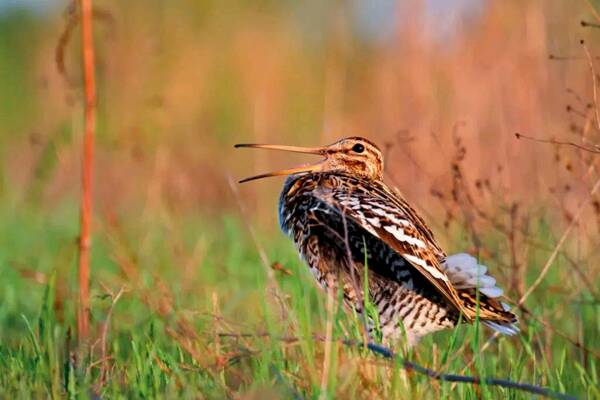
Long-distance flying speed champion——Great Snipe (Gallinagomedia)
Migration distance: 6,800 km
Peregrine falcons may win sprint races, swooping down to catch prey at speeds of up to 390 km/h, but they can't win marathons. The winner of the fastest long-distance flight is probably the spotted sand cone - a surprising result considering how plump it gets before winter migration. But what they lack in aerodynamics they make up for in energy. This stocky bird doesn't need to rely on tailwinds to speed up its flight, and can reach speeds of up to 97 kilometers per hour over a distance of 6,800 kilometers. They don't even rest and lose half their body weight as they fly over land from Scandinavia to sub-Saharan Africa. Unfortunately, the species is classified as threatened by Ornithology due to habitat loss due to increasingly intensive farmland development and wetland drainage in Russia and Ukraine.
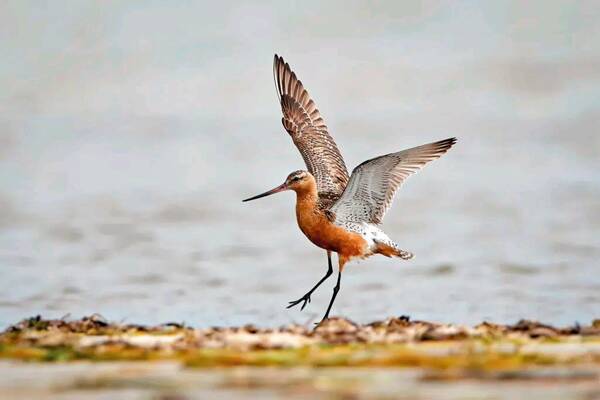
The record holder for uninterrupted flight—Bar-tailed Godwit (Limosa lapponica)
Migration distance: 11,000 km
Imagine being on a plane for nine days straight with no time to sleep and nothing to eat or drink. This is how bar-tailed godwits migrate. From Alaska across the Pacific to New Zealand, they hold the record for the longest non-stop flight of any bird, flying more than 11,000 kilometers continuously. Although the species has an extremely wide range, some subspecies populations are under threat. Bar-tailed godwits that migrate along the East Asia-Australia route are rapidly declining due to severe habitat loss along China's Yellow Sea coast, and the species is therefore listed as near-threatened. Fortunately, birdlife groups are working with governments to protect their stopovers and prevent further habitat degradation. Even if they don’t seem to have endurance issues, we should still give them a chance to refuel!
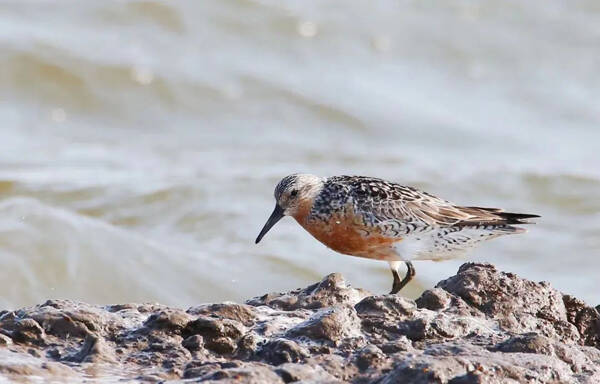
The smallest player in long-distance flight—Red Knot Calidris canutus
Migration distance: 15,000 km
Although red knots have a wingspan of only 20 inches, some of them fly nearly 15,000 kilometers each year, from the southern coasts of Chile and Argentina to the Canadian Arctic Archipelago. Sadly, human interference has made the bird's journey even more difficult. Coastal development and overfishing of horseshoe crabs led to the Atlantic subspecies of the red knot being listed as endangered under the U.S. Endangered Species Act in 2014. Horseshoe crab eggs are an important food source for the red knot. .
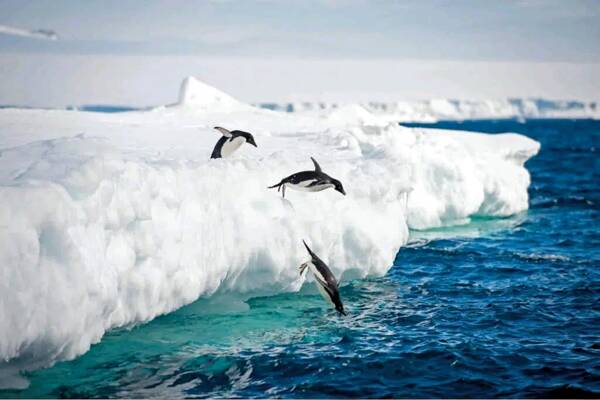
Long-distance swimming champion—Adélie penguin (Pygoscelis adeliae)
Farthest migration distance: 17,600 km
It’s not all flight migration! Flightless birds such as penguins also migrate. Adélie penguins are a classic example. Adélie penguins are known to follow the sun as they travel 13,000 kilometers from their breeding grounds to their winter habitat in the Ross Sea region of Antarctica and back. In winter, south of the Antarctic Circle enters polar night and the sun does not rise - this is a serious challenge for these penguins, who need to enter the sea at any time to hunt krill. Their solution is to keep walking to the edge of the ice, which expands during the colder months. When the ice recedes in the spring, they remain on the edge, which means they need to move back. Although their numbers will decline in the future according to climate predictions, their numbers are currently increasing, especially in East Antarctica, where most Adélie penguins breed.
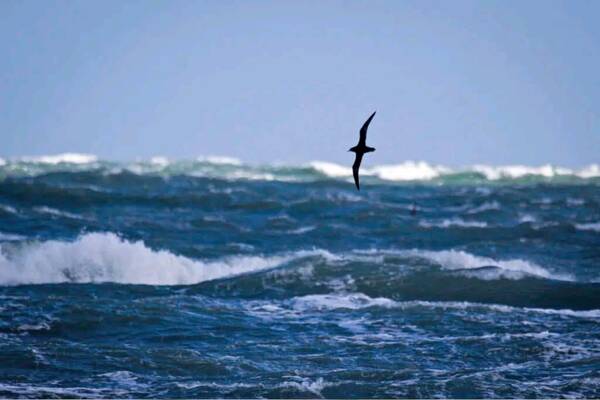
Extra-long-duration flight champion—Short-tailed Shearwater (Ardenna tenuirostris)
Migration distance: 30,000 km
Short-tailed shearwaters are true globetrotters, migrating each year from their breeding grounds in Tasmania and southern Australia to the Kamchatka Peninsula in the Russian Far East, then on to the Aleutian Islands in Alaska, then around the Pacific, along Return to the West Coast of North America. Their body shape is perfectly adapted to gliding over water, allowing them to fly for long periods of time while conserving energy. Amazingly, even after flying such incredible distances, they return to the same cave every year. Short-tailed shearwater numbers have been reported to have declined in some areas, but their total population is still estimated to exceed 20 million, making them the most abundant seabird species in Australian waters.
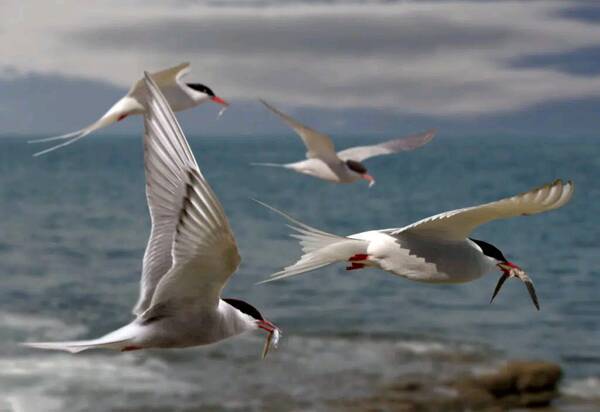
Overall Champion of Ultra-Long Distance Migration—Arctic Tern (Sternapar adisaea)
Average round-the-world flight distance: 90,000 km
No list of bird migrations would be complete without the record-breaking feats of the Arctic tern. In what is by far the longest known migration in the animal kingdom, this medium-sized bird travels 90,000 kilometers each year from the Arctic to the Antarctic - from Greenland in the north to the Weddell Sea in the south. It is worth noting that Arctic terns can live up to 30 years, which means that if the distances they migrate during their lifetime are added up, their total journey is equivalent to more than three trips to the moon and back. The globetrotter’s epic journey even inspired BirdLife to use its image on its emblem to reflect BirdLife’s global influence.
animal tags: birds migration marathon
We created this article in conjunction with AI technology, then made sure it was fact-checked and edited by a Animals Top editor.